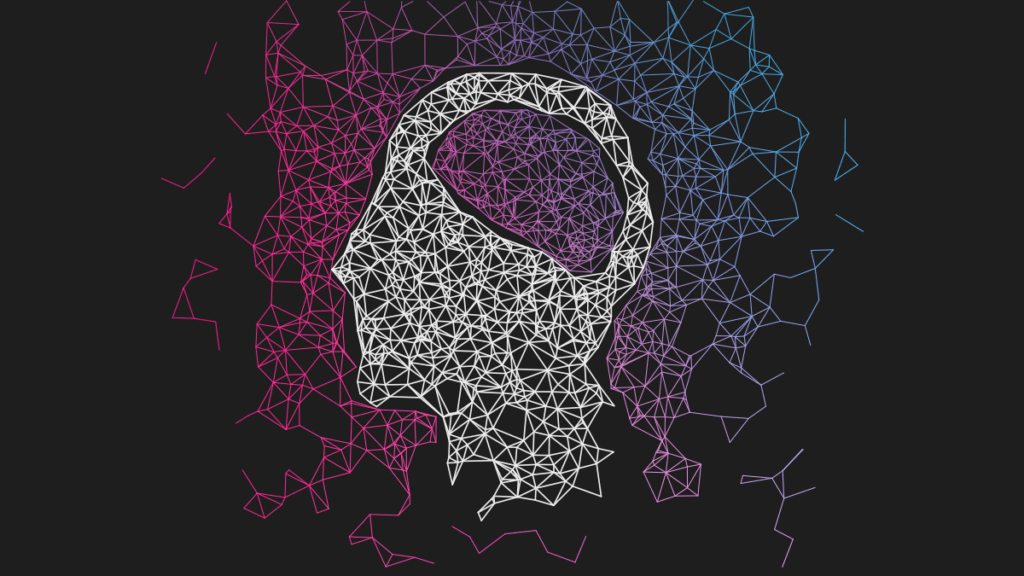
For those who are not familiar with the term deep learning – this concept involves a more developed aspect of machine learning methods. It is related to algorithms inspired by the structure of the brain, to help construct artificial neural networks that involves multiple levels of representation. Deep learning explores artificial neural networks, using brain simulation to support machine learning and AI. As computers and data get faster, it is becoming more possible to construct larger neural networks and train them with the use of more data, to optimize performance levels.
Now, exciting new scientific developments have enabled researchers to utilize the power of deep learning, to further support machine learning capabilities. A team have created an advanced laser-based system that can image around corners in real-time. With more development, this may help automated cars broaden their scope of vision to enable them to see around busy intersections and parked cars.
In Optica, The Optical Society’s journal for high-impact research, scientific research conducted by Metzler and colleagues, developed non-line-of-sight imaging that provides high resolution and imaging speeds. According to Christopher A. Metzler from Stanford University and Rice University, “these attributes enable applications that wouldn’t otherwise be possible, such as reading the license plate of a car as it is driving, or reading the badge worn by someone on the other side of a corner.”
The development of such advanced technology has big implications for practical, daily applications. Metzler and colleagues from Princeton University, Southern Methodist University and Rice University, report that the system is able to identify submillimeter details of a hidden object from one meter away. The new technique was tested by reconstructing images of 1-centimeter-tall letters and numbers hidden behind a corner and using an imaging set-up one meter from the wall. The technique used an exposure length of a quarter of a second, which produced reconstructions of a resolution of 300 microns.
As a way of developing technological application to better view images around a corner, this study was conducted as part of larger field of research – A part of DARPA’s Revolutionary Enhancement of Visibility by Exploiting Active Light-fields (REVEAL) program.
This study, will provide significant insight into deep learning capabilities. Scientists plan to develop research further, to make the system practical for more applications. The team aim to do this by extending field of view, so that the laser-based system can reconstruct larger objects.
An autonomous vehicle will be presented with many unexpected challenges on the road. Developing machine learning algorithms, to cope with unexpected driving behavior, hazards and pedestrians in real-time, will make autonomous driving a far safer, and trusted prospect.
Reference:
Metzler, C. A., Heide, F., Rangarajan, P., Balaji, M. M., Viswanath, A., Veeraraghavan, A., & Baraniuk, R. G. (2020). Deep-inverse correlography: towards real-time high-resolution non-line-of-sight imaging. Optica, 7(1), 63-71.